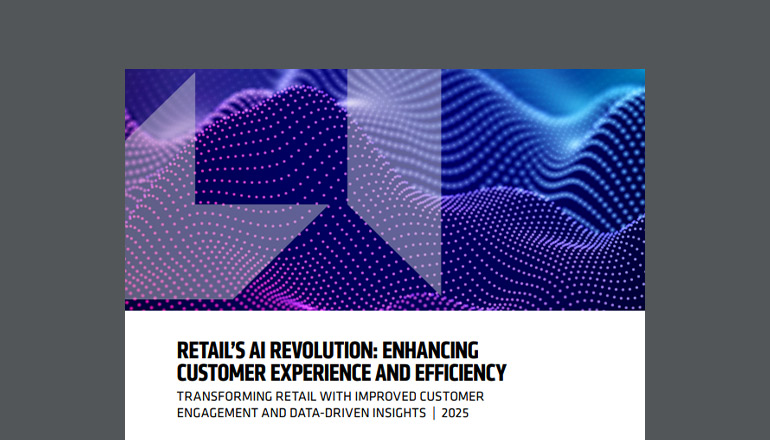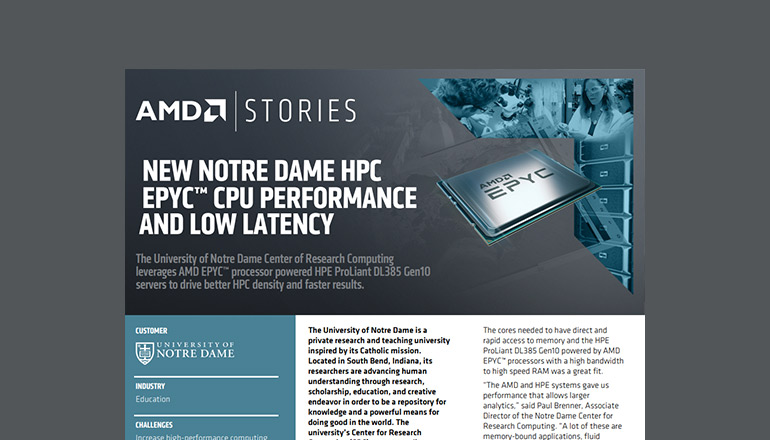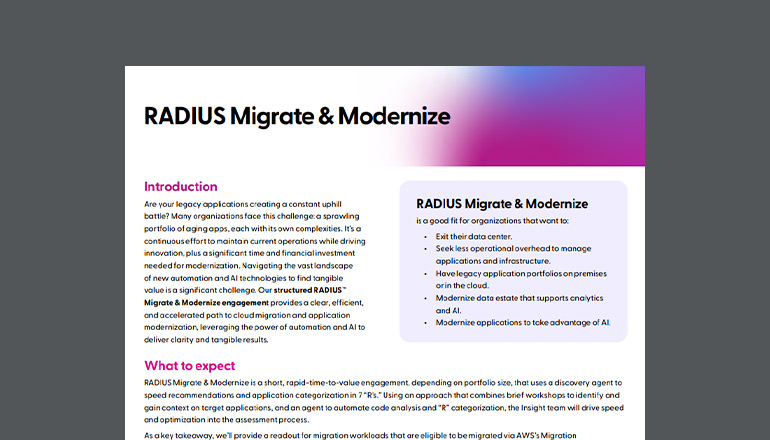Blog What Is the Value of User Research?
During my decade working in digital marketing, there was always a desire for the business to drive the experience. Regardless if it was a website redesign, mobile application or business software, the outset of each engagement often started with a list of features and fixes that, when implemented, drove increased revenue. Oh, and it needed to look “cutting-edge.” It sounded straightforward: Better looking + Fewer problems + More features = Success.
By Adam Deardurff / 28 Jul 2017 / Topics: Application development Customer experience

The value of UX research: shifting focus to users
There is, however, a gap in the statement. As consultants, we're responsible for the success of our products, and that means adding user to the equation. After all, success is dependent on fulfilling the goals of each unique person who visits, downloads or is forced to used your solution. If you don’t have a pulse on your customers/users and their needs, all predefined requirements may fall flat.
Sounds like we just need to put everything through the lens of our users:
Users (Better looking + Fewer problems + More features) = Success
Noble intent is still just intent.
In an effort to do right, we mindfully put ourselves in the users’ shoes, trying to understand the impact of our solution on their lives. Sarah Auvil, a User Experience (UX) strategist, wrote about creating software for humans, where “the intent of technology should be to increase quality of life.”
This is always our intent — noble intent. Noble intent says we're all aiming to make life better. But we're focus groups of one, with our own experiences and habits guiding our insights to some extent. And, while we're often more unbiased, we make the same leaps as our stakeholders. We still push an unfounded agenda and fail to put the actual user at the center.
If user satisfaction, quality of life and advocacy are truly going to drive business forward, shouldn’t we take the time and money to understand the people? Let’s remove the predefined notions and simplify: User satisfaction = Success
Give your product a soul.
On board? Unpacking what “user satisfaction” means isn’t a small task. There isn’t one magic bullet but a combination of ways to understand level of satisfaction. Many businesses concentrate on analytics reporting to drive this conversation — data points and conversion metrics. These are a great start but create a culture of “metrics-chasing.” Doing this often results in maintaining the status quo or leveraging paid channels to meet unrealistic numbers.
Analyze how your product or experience makes your users feel. Doing this is what true UX research is all about. There are a wide variety of research tactics, depending on the need:
- Focus groups
- User interviews
- User surveys
- Usability testing
- Card sorting
- Task prioritization
- A/B testing
- Ideation/brainstorming sessions
Gathering this input can help you create a research plan that answers the right questions. Assure you can do this by allocating time and budget for UX research at the outset of your work. This not only prevents it from being an optional or value-add service, but it also ensures it's an integral step in getting to the root of the problems and defining the best solution for your business.
Realize the value of UX research.
When done right, UX research gives your users a voice. Understanding why they behave a specific way and how they respond emotionally will deliver both short- and long-term value. Immediately, you may find that improving the current experience is all users need. They don’t need new features.
Or maybe the budget is better spent on product infrastructure and customer service. In the long term, you'll have a benchmark for measuring improved quality, not just conversions. And, more importantly, you'll understand how to evolve with your customers across all touchpoints.
This is the difference between simply building a requirements-driven User Interface (UI) and understanding the complete value of UX throughout the customer journey. We’ve compared the differences between UI and UX to planning to build a house. User research gives a voice to the people who are living in the experience every day.
In a conversation with University of Virgnia's Darden School of Business software design class, Don Norman said, "Design is not making something look pretty. ... Design is really a way of thinking. It's a way of trying to match the things people need with the things that we deliver for them."
Maintaining UX focus
Whether it’s usability testing, surveys or complete voice of the customer programs, how are you working to understand your users’ reality? And how can you ingrain UX research and insights in your own business or product lifecycle? Check out our recommendations to maintain focus on the foundation of user experience throughout the process.




